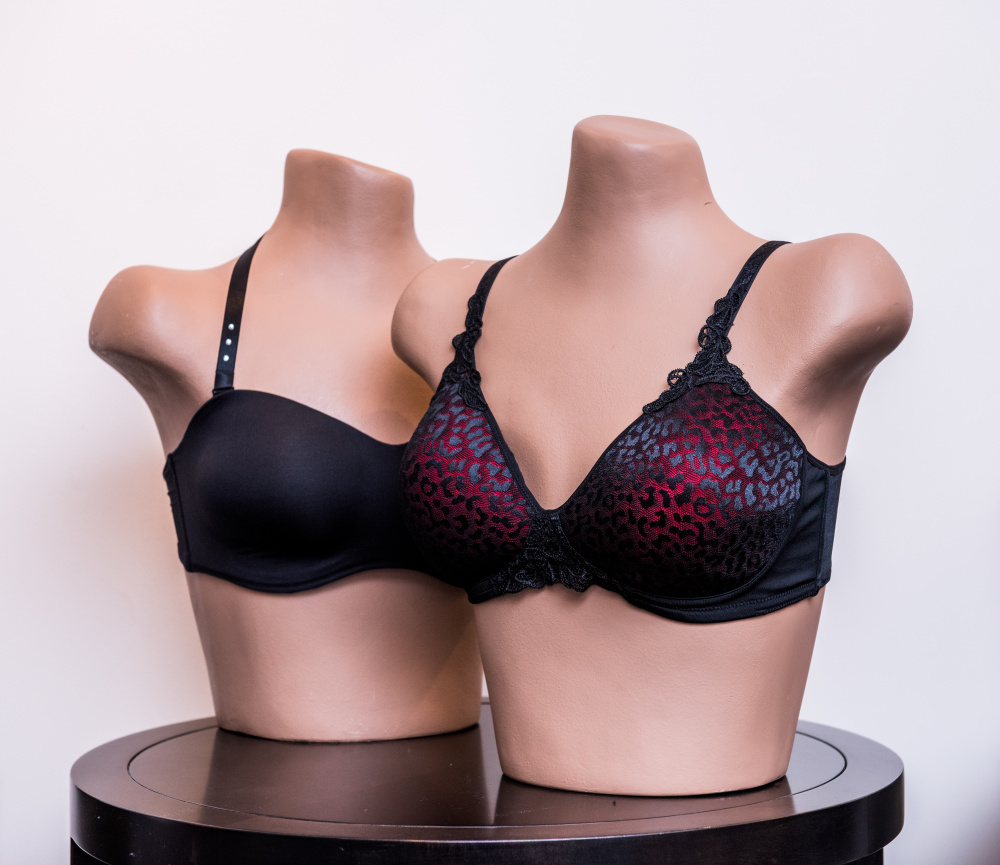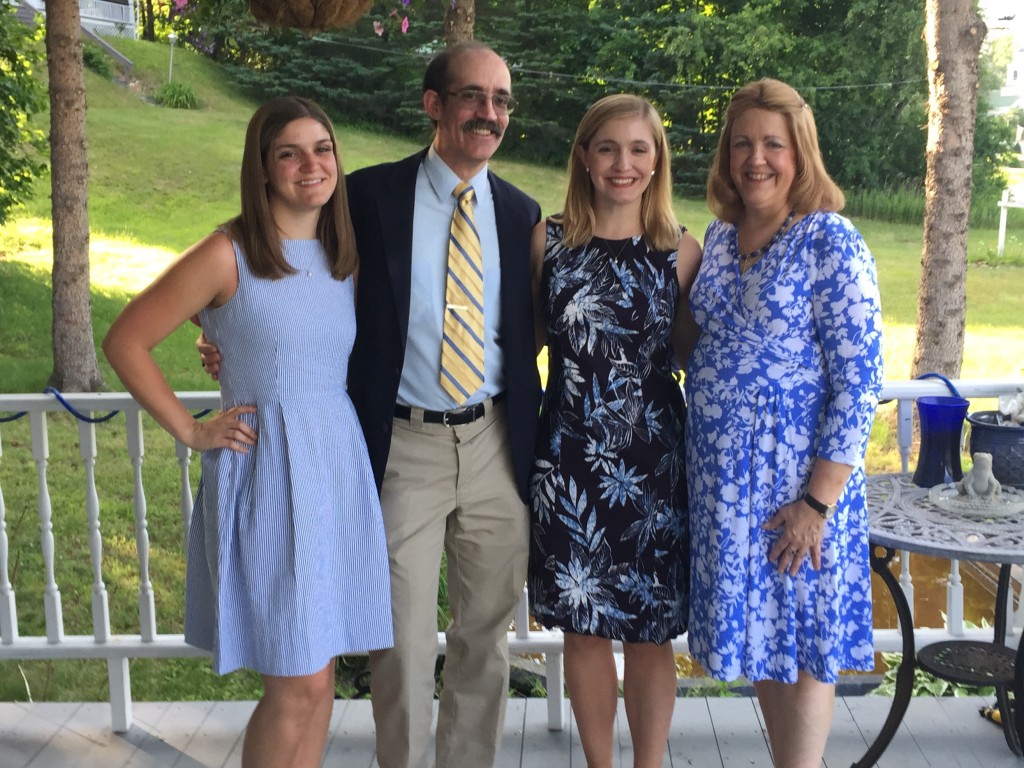Just as there are many types of breast-conserving surgery or reconstruction available to cancer patients after mastectomies or lumpectomies, there are a variety of considerations for those who – after consultation with their oncologist – decide to forego more surgery and wear breast prostheses (or breast forms and partial shapers).
Diagnosed with triple-negative breast cancer in January 2016, Beverly Dillaway had a double mastectomy at Dana-Farber/Brigham and Women’s Cancer Center (DF/BWCC) and now wears two prostheses. She offers these tips to others choosing this route:
Check them out first.
Even if you’re leaning toward prostheses, you should know what they feel and look like before making a final decision. DF/BWCC patients can have a consultation at Friends’ Place – located in Dana-Farber’s Yawkey Center for Cancer Care – by an expert who can show you the different types available like silicone and foam in a variety of styles for everyday and formal wear. If you have had a lumpectomy, there are also partial forms that balance your shape.
Find a prosthetic peer.
Through the SoulMates program within Dana-Farber’s Susan F. Smith Center for Women’s Cancers, I was matched with another same-aged woman who had a double mastectomy; she shared what the recovery was like along with recommendations for prosthetic bras (which have built-in pockets to hold breast forms or partials securely in place). Dana-Farber also has support groups and programs like Facing Forward After Breast Cancer Treatment and the Healthy Living Program, all geared toward bringing together active patients to exchange ideas and support through workshops and seminars.
Schedule your fitting.
Making an appointment at Friends’ Place allows you more time one-on-one with a fitter.
Time it right.
You should wait until six to eight weeks after surgery to make sure you have appropriate time to heal. This will assure you get the most comfortable fit.
Verify your insurance coverage for prostheses.
Learn what your insurance company does and doesn’t cover, including how many bras and breast prostheses are insured annually. Make sure to take a prescription from your oncologist to your fitting, stating your diagnosis and whether you need prostheses for your right, left, or both breasts.
Bring along a loving – and honest – companion.
When trying on different sizes and styles of prostheses, you need someone who is able to give you a candid opinion.
Find a fitter with whom you fit.
This person is helping you make decisions about your personal appearance. You need to be able to trust their recommendations and fashion tips.
Don’t forget the bra.
Prosthetic bras have adjustable straps and are fitted to blend with different prostheses. Fitters recommend that you find a bra that fits you well first, and then move on to your prostheses. There are also specific bras for things like exercise classes or swimming, making it easier to do thinks like dance, Pilates, or yoga classes during your recovery.
Save your puff bra from post-surgery recovery.
A lot of times, when just going to the post office or walking/running in very hot weather, I insert these quickly instead of my fitted, but heavier, prostheses. If I’m not concerned how I look or if the weather is unbearable, it’s much easier and quicker.
Be sure to schedule a follow-up fitting.
How a prostheses and/or bra fit can change over time. Friends’ Place staff want you to be happy, and will do whatever possible to meet your needs.
“The most important thing to do is be real with your feelings about your body image going forward,” says Dillaway, a fourth-generation cancer BRCA1 survivor. “Are we still whole, even if we’re missing one or two breasts? You better believe it!”


